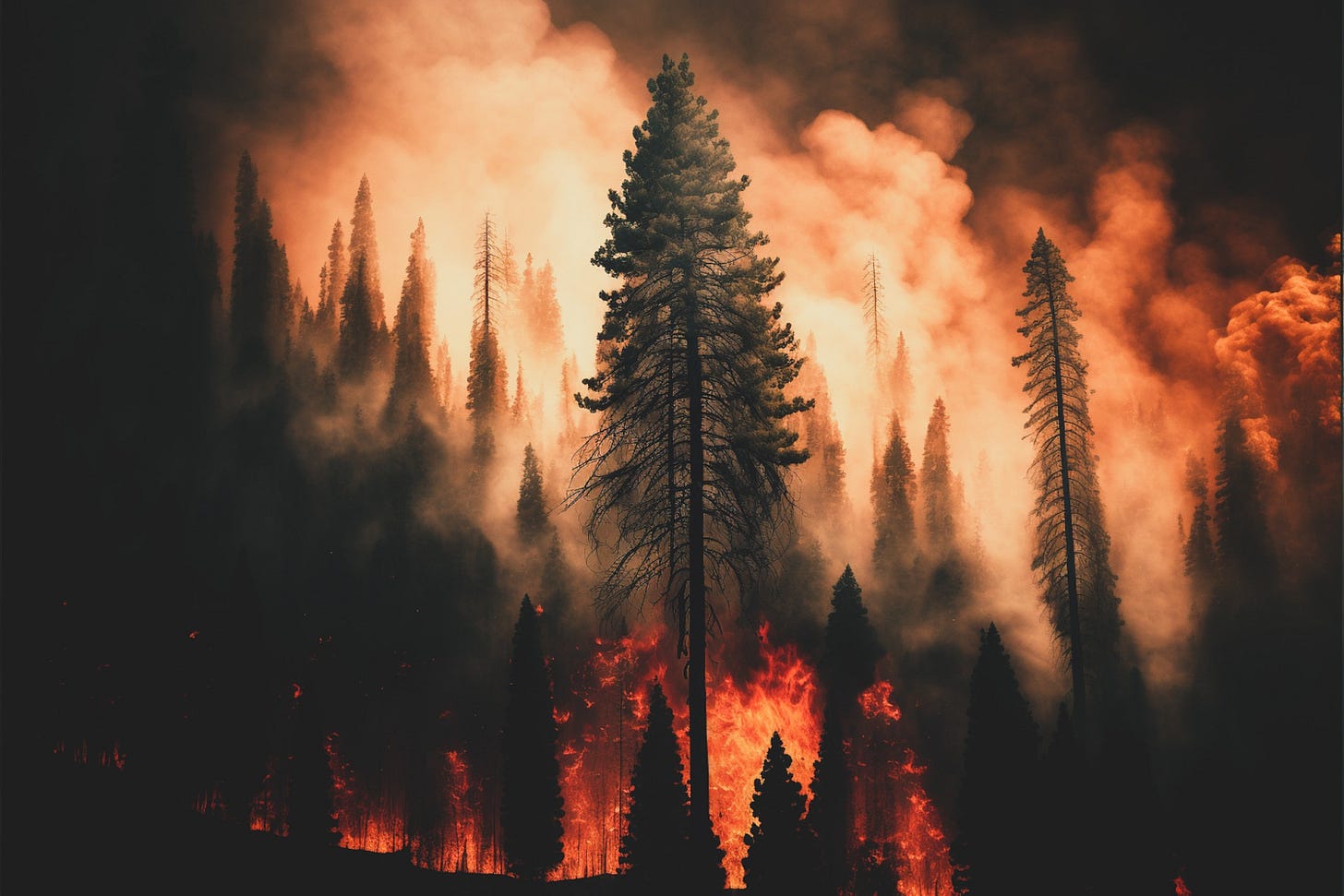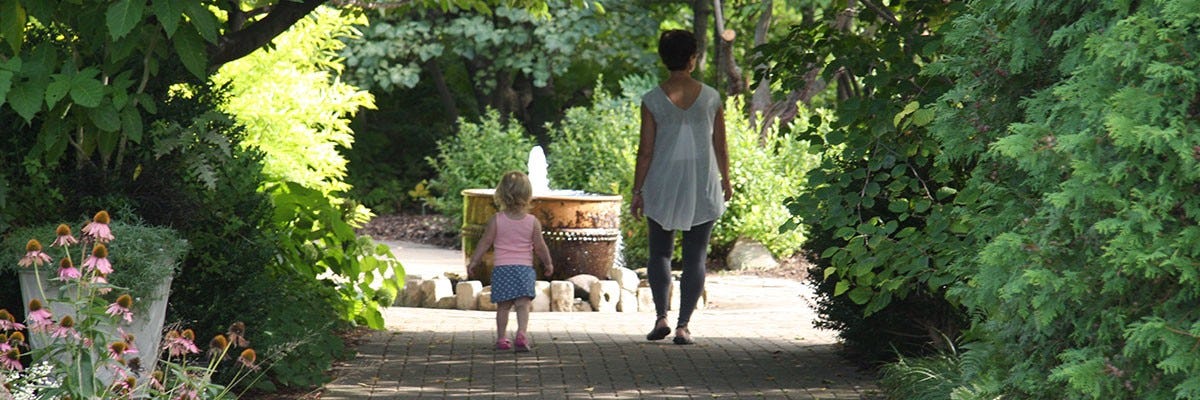I've recently connected and shared a few exchanges with Professor Dana R. Fisher, who has just published her 7th book and graciously shared a copy with me. It's called "SAVING OURSELVES - From Climate Shocks to Climate Action. It's a good read, an important read - offering ways forward for humanity, offering hope ... and I have to admit that I have far less hope in humanity than does Professor Fisher.
In her new book, Professor Fisher looks at what humanity has done so far to tackle the climate crisis, the history of the climate fight and the challenges of climate movements now, and what needs to happen going forward. What are the levers, what are the actions, how can humanity turn the climate crisis around?
Let me begin by saying that I am hopeful, too! It's just that my hope doesn't rely on humanity doing the right thing, the rational thing. My hope is a work-around, if you will. My work-around comes by way of nature - more on this a bit later. So why I am less hopeful in humanity doing the obviously right thing?
Because we are, first and foremost, an emotional bunch. As individuals and especially as a mass, we act on emotion, not reason. Reason comes into play as a second measure. We are not the 'homo economicus', the rational thinker, we would like to think ourselves to be.
We are emotional first, rational second.
We often allow ourselves to be guided by our right brain, by gut feel, by biases and sometimes just by getting up on the wrong side of the bed or rainy day or an annoying hangnail. In her book, Professor Fisher suggests three ways for us to save ourselves from the climate crisis: 1) Creating community (and real solidarity), 2) Capitalizing on moral shocks (including violence), 3) Cultivating resilience.
She cites the civil rights movement as a time of community and real solidarity. She's absolutely right, of course. It was. And she mentions BLM and the George Floyd protests as an example of how we can capitalize on moral shocks. But both BLM and the civil rights movement were crystal clear, they were happening right then and there, they could be seen and they were deeply FELT with shared anguish.
For me, climate change doesn't compare. I have no hope that the vast majority will ever come together in community and real solidarity on something they don't personally experience and are not impacted by on a daily basis. The third suggestions of 'cultivating resilience' is, to my mind, about the best we can hope for: for governments to safeguard citizens by taking all of it not just seriously, but to throw serious weight with laws and funds at it to prepare for what is inevitably coming - whether its +2 or +3 degrees remains to be seen.
Humanity is guided by comfort and convenience.
We have made and continue to make bad choices about things we absolutely know are bad for us. It is because the right brain rules and most often we let it - we are complacent and have become guided guided by comfort and convenience. The world of marketing, of big business, of commercials, of leadership everywhere, knows it well and uses this knowledge all the time and we, we react this way of that depending on how we FEEL about it. It's so much more comfortable to go with emotion, rather than having to rationalize, rather than actually having to think about actions and consequences and then making smart choices.
To my mind there are two ways that will shift this human mass, this mass that is guided by emotion, not logic. One way comes in the form of catastrophes, the other comes in the form nature. Let's go with the horrific option first:
Option 1: Catastrophes
One may well argue that we already living in the midst of them with more and more extreme weather conditions bringing floods and droughts and wildfires. But what has happened so far is nowhere near enough to shift the mass. The biggest chunk of the mass hasn't been there, hasn't felt that flood, that drought, that wildfire.
In Kim Stanley Robinson's Ministry for the Future (I had the good fortune of interviewing once and wrote about the book, his work and the climate crisis here) is one of an increasing number of what are called climate fiction novels. It is a sweeping tale that looks at humanity from the time of the 2015 Paris Agreement to late in the century when humanity actually has turned it around.
The key that turns it around for humanity? Climate shocks. Catastrophes ... and eco-terrorism. I hope it doesn't come to this, but I think that climate catastrophes that are felt across the globe are one likely driver strong enough for the mass to make the shift.
Open 2: Nature
This, my friends, this is the painless option that mitigates against extreme weather conditions, that tackles both the climate and biodiversity crises, and that can get the mass of humanity to WANT TO make the shift because it FEELS GOOD. The answer (and my hope for humanity) very clearly and squarely lies with nature and the growing restoration/rewilding movement across the globe.
This may seem supremely simplistic - trust me, it is not. It will require as much work and as many people as are employed by fossil fuel and meat industries combined - to bring it about and to steward it going forward. You may know of E. O. Wilson's Half-Earth theory: His was the idea that, if we leave half of the lands and seas to nature, humanity would always live on a sustainably healthy planet. Learn more by visiting the E.O. Wilson Biodiversity Foundation's website.
What used to be a vision, is now happening. Nowhere near fast enough, but it is happening. Governments and organizations and philanthropists and regular folks like you and me restore and rewild, bring nature back, in more and more places. The worldwide 30x30 initiative isn't at Wilson's 50% level just yet - but it sure is going in the right direction. And the EU's brand-new Nature Restoration Law requires member states to restore 20% of EU's lands and seas by 2030 - and work towards full health by 2050. And better health is also in store for the high seas, with the global High Seas Treaty signed last year. All of this very much goes in the right direction.
If more and more of our planet is restored and rewilded, more and more of the humanity's mass will SEE and HEAR and FEEL nature. Those daily moments of connection with nature will mark the global shift.
Nature will no longer be something other, something apart, something out there - but as nature is rewilded and restored into villages and towns and suburbs and cities and megacities, more and more people will begin to feel themselves as a part of it again. And then, right then, they will become more respectful, they will want to protect it because it FEELS GOOD, because it brings them joy and yes, they'll realize that it brings them good health, too. This will be a virtuous and utterly transformative cycle.
There you have it, that's my work-around - via nature. I can see that the mass of humanity eventually makes a collective shift that leads away from the fossil fuel and the meat and dairy industries, and toward more collective care. I know, it sounds ludicrously idealistic. But I can genuinely see that happen. It will take time. A great deal is happening now - but the shift of a critical mass of humanity will take another thirty (best-case scenario) to fifty years (and even fifty is very hopeful thinking, I know).
To come back to Fisher's book and her ways forward - she writes about 'cultivating resilience' - and that is exactly what a restored and rewilded world represents.
The return of biodiversity-rich nature means the delivery of countless nature-based solutions around the world.
If you imagine E. O. Wilson's Half-Earth, you can see it, right? The planet would easily be able to give us all we need in terms of food security, climate shock absorption, carbon sequestration and good physical and mental health as the icing on the cake.
Let me ask you - when's the last time you smelled a rose and smiled? When's the last time a butterfly landed on your shoulder? When's the last time you saw a beaver at work? When's the last time you saw a great spotted woodpecker, a busy squirrel, or a pair of joyously bickering magpies? When's the last time you saw a hawk and a kite up there, in soaring combat? When's the last time you took a forest bath? You may be so lucky, I know that I am ... but realize that billions of people do not have that good fortune. We can expect that 70% of humanity will live in cities by 2050 (we're at over 50% now) - that trend will continue.
We need nature everywhere.
And has to go far beyond a Central Park here and there. I remember living in New York City (and loving it) - there were countless days where I went from apartment to work to dinner to dry cleaner to restaurant to apartment to stores to ... and so on. City life. Rat race. For many millions of people there is no connection to nature - unless you make a conscious effort to go TO nature. But my vision really is NATURE EVERYWHERE - and when that happens, that will inevitably also change the way cities operate, the way we move around, the speed of things - if we allow nature into our world, nature will change us - and clearly for the better.
Let's restore and rewild the world!
That's for now. Have a good day. Get out there, be kind to yourself and those around you, meet someone, listen, help if you can - and look out and make time for your daily dose of nature (on that note, learn about the nature pyramid).
Cheers!
D









